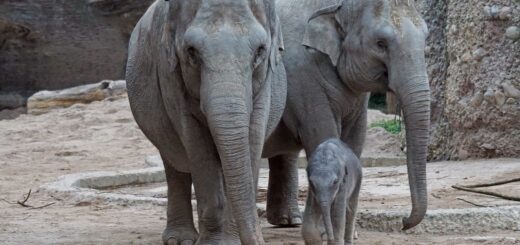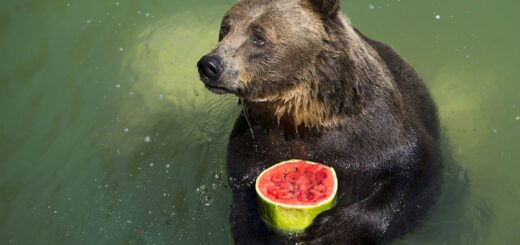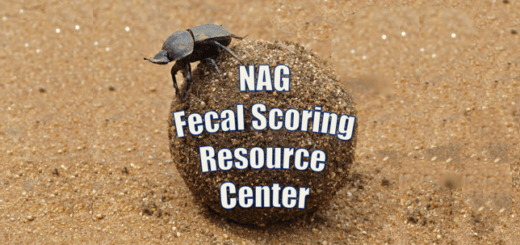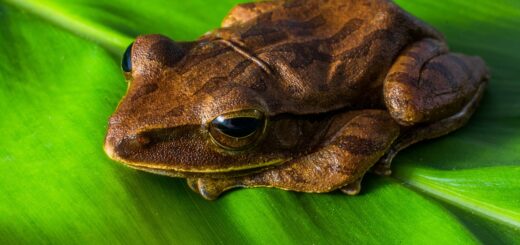Investigations into the nutritional composition of moon jellyfish, Aurelia aurita
Citation
Rackmil M, Messbauer A, Morgano M, Denardo D, Dierenfeld E. 2007. Investigations into the nutritional composition of moon jellyfish, Aurelia aurita. In Ward A, Hunt A, Maslanka M, Eds. Proceedings of the Seventh Conference on Zoo and Wildlife Nutrition, AZA Nutrition Advisory Group, Knoxville, TN.
Abstract
Proximate nutrients, fat-soluble vitamins A and E, and mineral composition of the moon jellyfish, Aurelia aurita, were measured in wild specimens from Jamaica Bay, NY, and in captive cultured specimens from the New York Aquarium (reported as mean ± SE). Crude protein content of free-ranging jellyfish was approximately twice that seen in captive animals (9.20% ± 0.40% dry matter (DM) versus 4.95% ± 0.20%); conversely, fat content of cultured jellyfish was about twice that of wild animals (5.16% ± 1.00% and 2.05% ± 0.37% DM, respectively). The cultured A. aurita in this study had higher fat levels than any other reported to date in the literature for this species. Wild A. aurita contained significantly less vitamin E than did cultured counterparts (9.8 ± 4.8 IU/kg vs. 51.4 ± 16.5 IU/kg DM), likely a function of captive dietary enrichment. Mineral composition also varied widely between wild and captive jellyfish. Wild A. aurita contained 1420 ± 160 mg/kg phosphorus (P), 55.3 ±3.1 mg/kg iron (Fe), and 17.9 + 0.1 mg/kg zinc (Zn), whereas captive cultured A. aurita contained 2870 ± 80 mg/kg P, 119 + 2 mg/kg Fe, and 72.8 ± 2.5 mg/kg Zn. Physical differences between wild and captive specimens were also found. In order to assist in understanding possible links to differences in body composition, proximate nutrients and mineral concentrations in the captive diet were also analyzed and are reported. Information obtained from this study may assist in development of more effective dietary husbandry guidelines for captive jellyfish. Additionally, nutrient/mineral composition of jellyfish and other coelenterates may be a useful indicator of water quality and habitat suitability, as well as useful in applied feeding management of sea turtles, for which jellyfish are a primary food source.
 Rackmil – NUTRITIONAL COMPOSITION OF MOON JELLYFISH,AURELIA AURITA.pdf 5 MB
Rackmil – NUTRITIONAL COMPOSITION OF MOON JELLYFISH,AURELIA AURITA.pdf 5 MB








